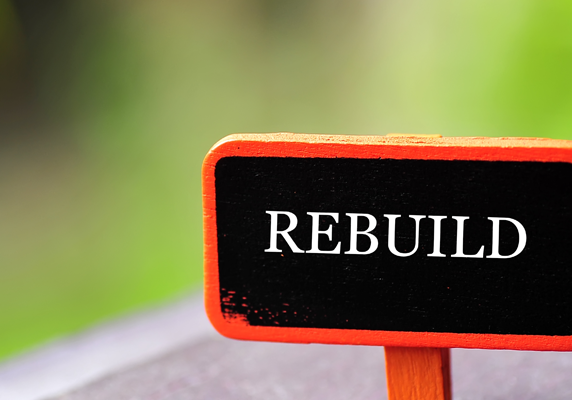
 Most of us have been there at one point in our lives or another; dealing with money woes that can seem insurmountable. Some of us are able to find solutions to this issue that are less impactful on our overall financial health, while others turn to bankruptcy or a consumer proposal as the only solution. That’s ok – it happens – to many Canadians. This week we are speaking directly to you, the members of the latter group – and helping you better learn how to re-establish your credit after bankruptcy.
Most of us have been there at one point in our lives or another; dealing with money woes that can seem insurmountable. Some of us are able to find solutions to this issue that are less impactful on our overall financial health, while others turn to bankruptcy or a consumer proposal as the only solution. That’s ok – it happens – to many Canadians. This week we are speaking directly to you, the members of the latter group – and helping you better learn how to re-establish your credit after bankruptcy.
A bankruptcy stays on the credit report for 7 years while a consumer proposal stays on the credit report for 3 years from when it is paid in full – most of us are aware of this fact. What you may not be aware of is that you can start rebuilding your credit the moment you file. Some lenders, such as Prudent, will even lend to undischarged bankrupts or individuals in consumer proposals to help you accomplish this.
Credit products you can leverage to rebuild credit:
* Secured credit cards – Just be careful not to ever carry more than half your limit as a balance, ever. For example, if you have a $300 limit, don’t ever gather more than $150 as a balance. Racking up even a small limit on a secured card will hurt your credit – not help it.
* Personal loan – Personal loans are a great way to rebuild because they show you can pay installment credit and are usually larger than secured credit cards.
* Investment loans – a secured GIC loan from the bank can help you build credit and gain an investment, as well as showing positive moves towards overall financial health.
IMPORTANT: Payday loans are to be avoided at all costs. The fees are sky high and they don’t report to the credit report, meaning they do nothing as far as helping you rebuild credit.
Other considerations:
* Don’t apply for credit all over the place – inquiries count on your credit and too many will hurt your credit score.
* Pay your credit on time, all the time – you can’t afford to make a single late payment and never spend on your credit card more than you can afford to pay in full at the end of the month. That is probably part of what got you into trouble in the first place, so stay on top of this.
* Once you’ve been discharged, it is critical to make sure the reporting agencies have the record of your discharge. Send it by registered mail – don’t rely on the trustee to do it.
If you’ve filed for bankruptcy in Ontario, you know that it can be an overwhelming but worthwhile experience thanks to your financial situation. Just remember to get started on rebuilding your credit as soon as possible to ensure the lower impact overall to your credit.
Want to discuss your options for a personal loan to start rebuilding?
Call Prudent Financial today at 1-888-852-7647.
